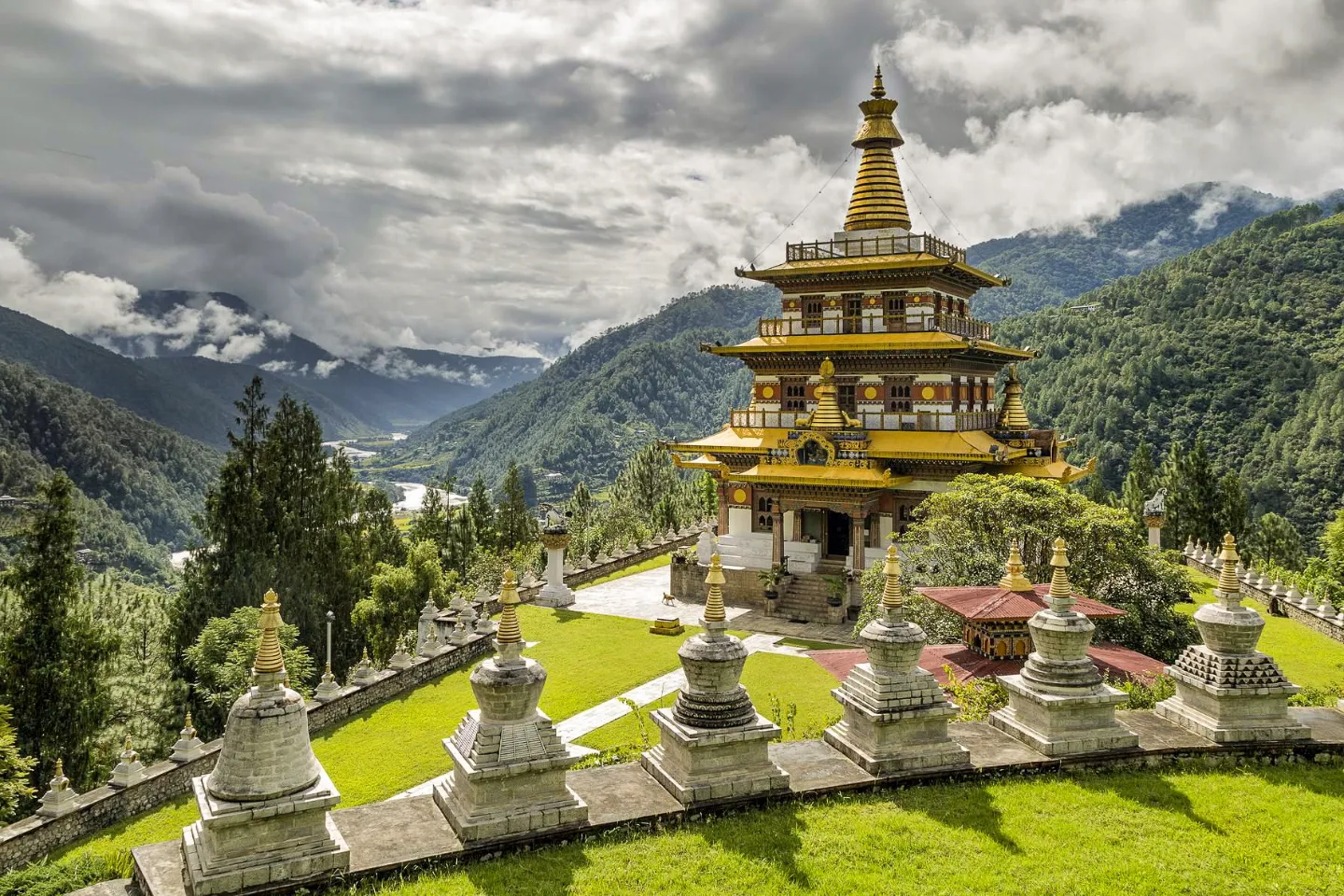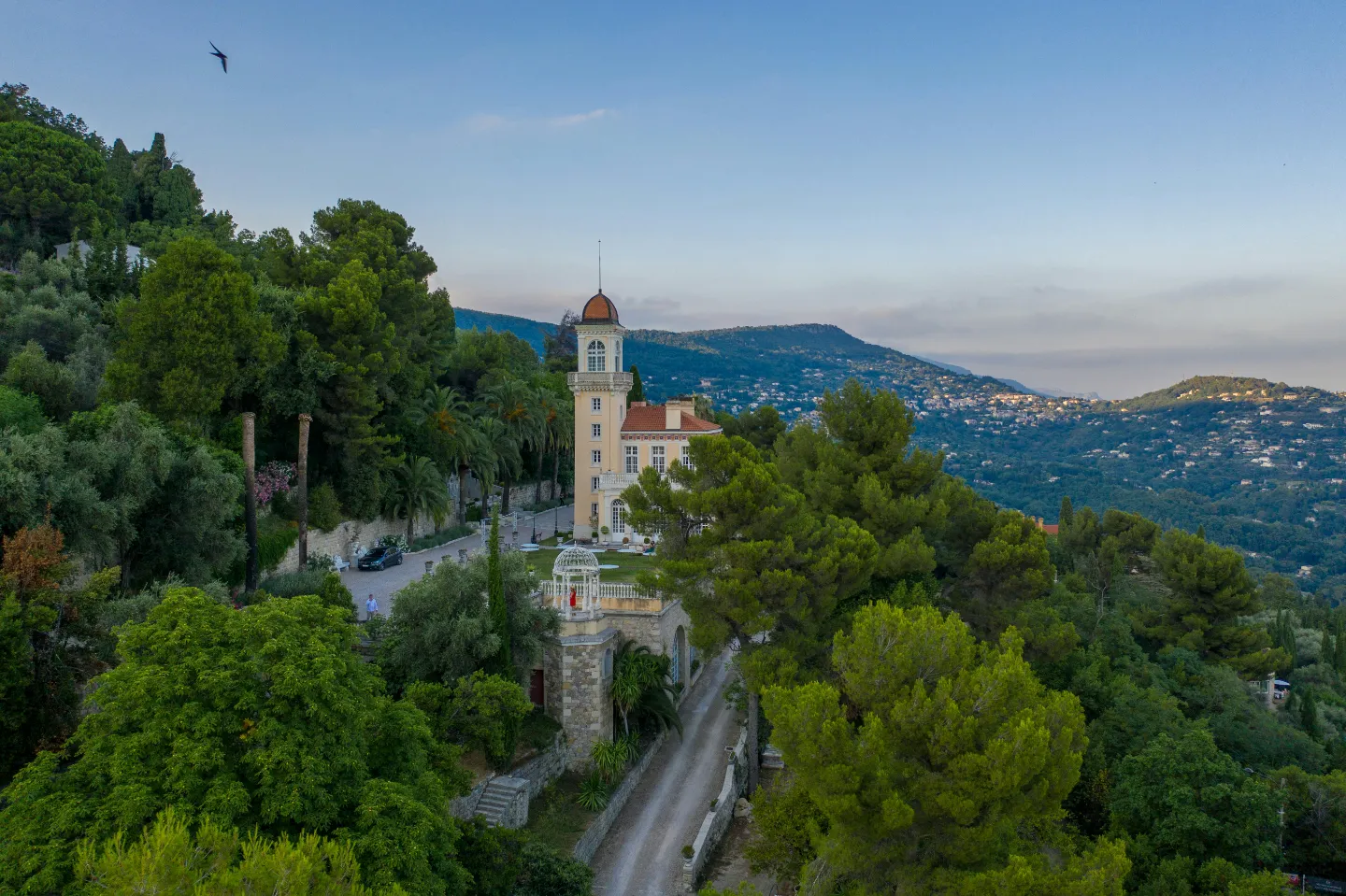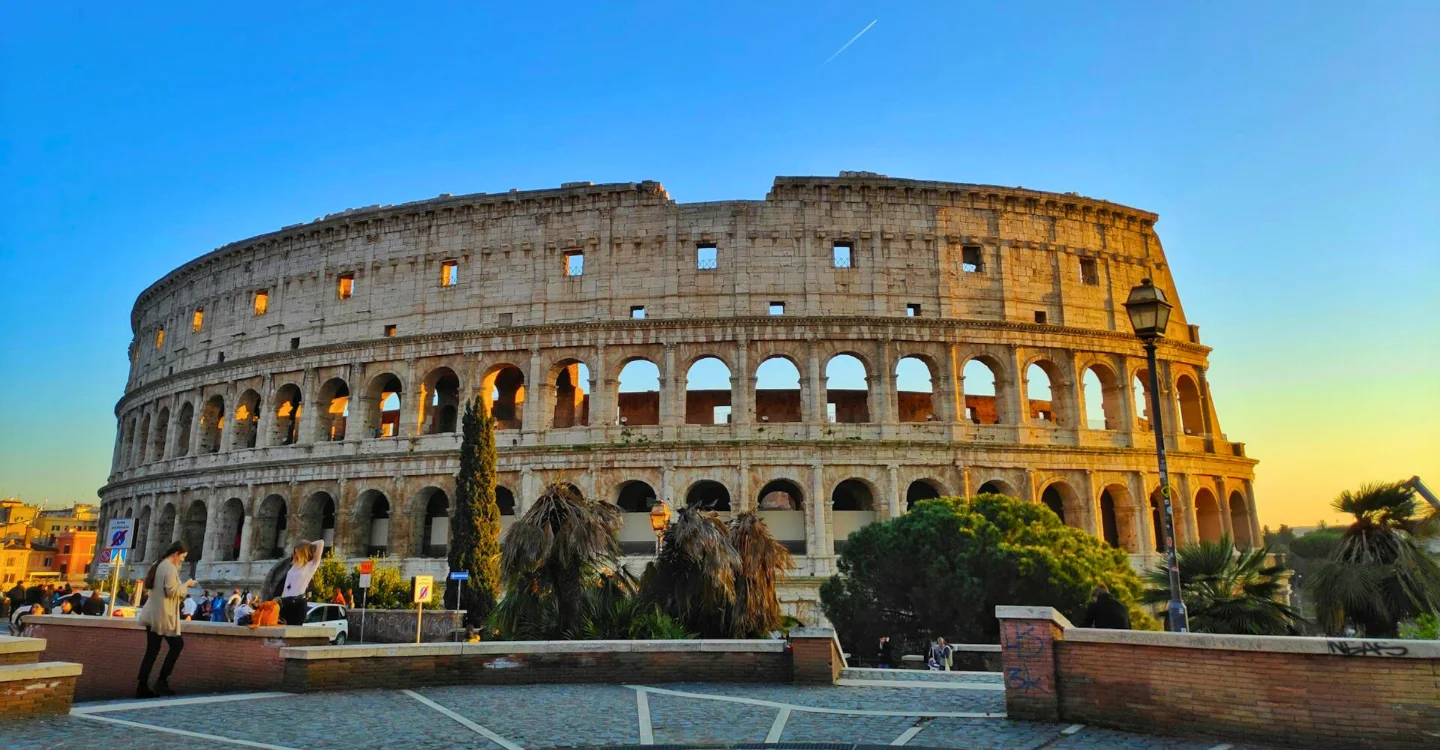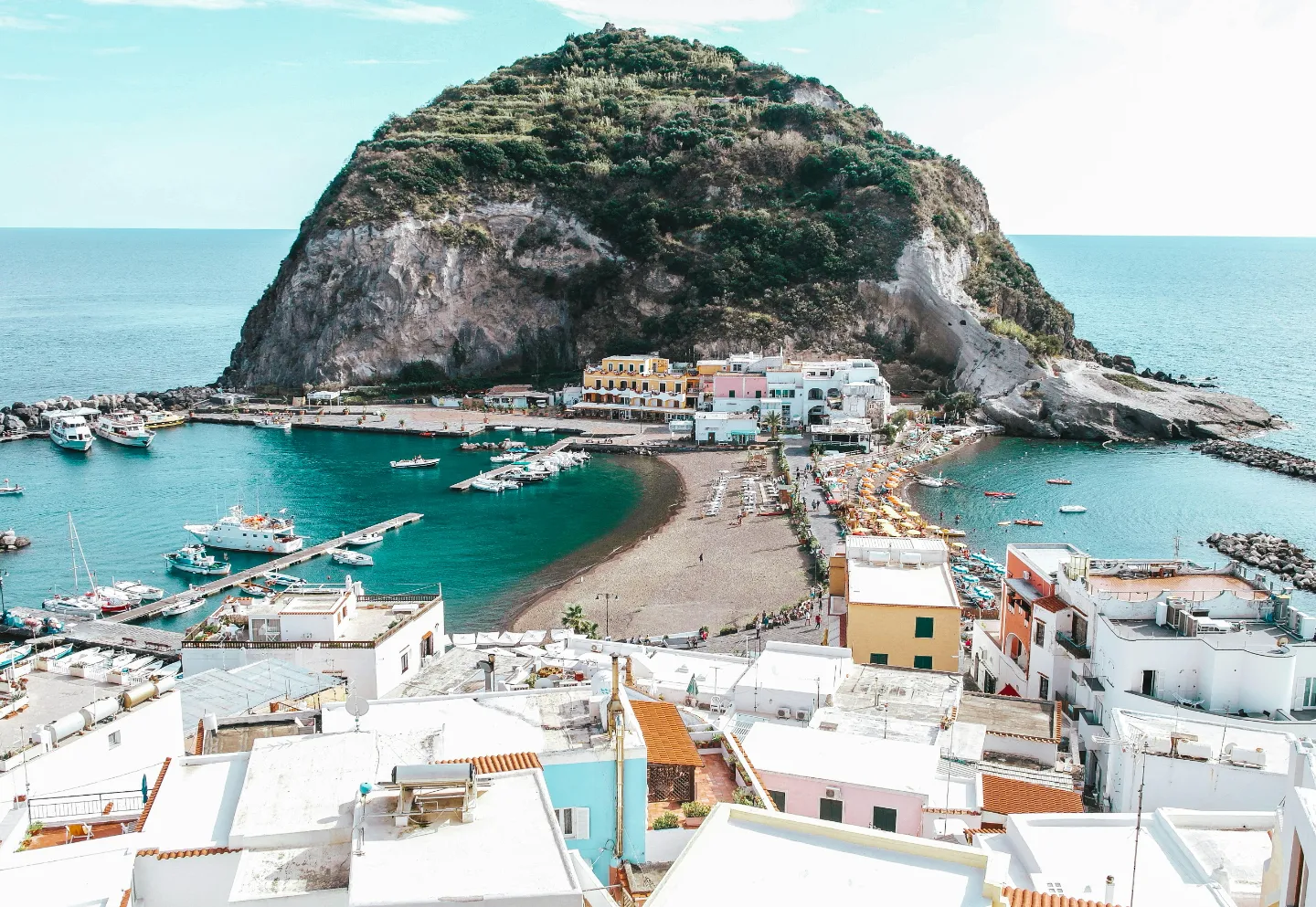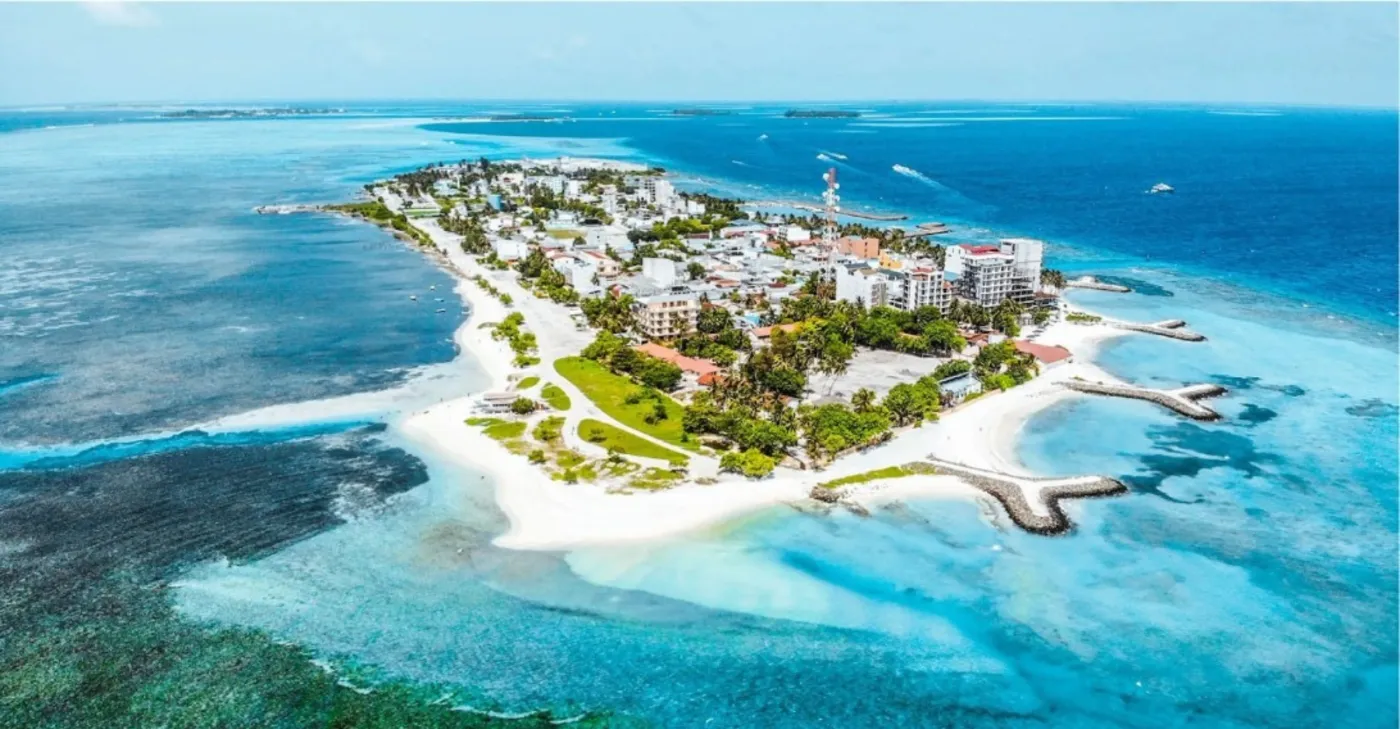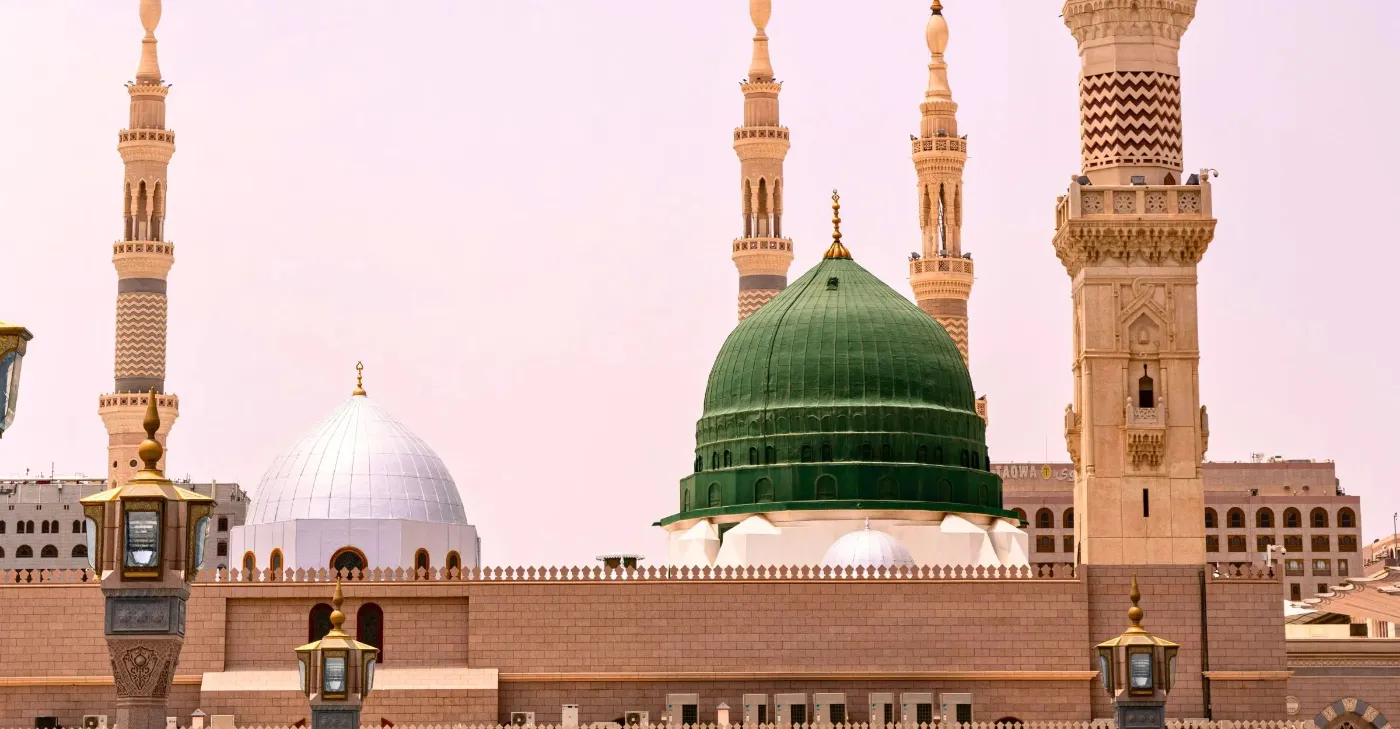Tucked between India and China, Bhutan is a small mountain kingdom that often feels like it belongs to another world. With its rolling hills, centuries-old monasteries, and people who measure success by Gross National Happiness rather than wealth, Bhutan offers a rare kind of peace that’s hard to find elsewhere. Travelling here isn’t just about sightseeing — it’s about slowing down, connecting with nature, and discovering a way of life that values mindfulness over modern chaos
Bhutan is famous for its untouched landscapes, colourful festivals, and deep spiritual roots. The country opened its doors to limited tourism only a few decades ago, which means much of its heritage and environment remain wonderfully preserved. Whether you’re drawn to high mountain trails, ancient temples, or the simple joy of meeting friendly locals, Bhutan has a quiet charm that lingers long after you leave
Best Time to Visit Bhutan
The best time to visit Bhutan depends on what kind of experience you’re after. The country enjoys four distinct seasons, each bringing a different shade of beauty to its valleys and mountains
Spring (March to May)
Spring is one of the most popular seasons to visit Bhutan. The hillsides burst into colour as rhododendrons and magnolias bloom across the countryside. The weather is mild, skies are clear, and it’s the perfect time for trekking. The Paro Tsechu, one of the country’s biggest festivals, takes place around this time — a vibrant celebration of dance, music, and faith
Summer (June to August)
Summer brings the monsoon, especially from late June to August. While rain can limit travel in some areas, it also brings lush greenery and fewer tourists. If you don’t mind occasional showers, this is a peaceful season to visit. The mist-covered mountains create a mysterious beauty, and accommodation rates are often lower.
Autumn (September to November)
Autumn is widely regarded as the best time to visit Bhutan. The skies are crisp and blue, the views of the Himalayas are at their clearest, and several important festivals take place, including the Thimphu Tsechu. It’s an ideal season for photography, hiking, and cultural exploration.
Winter (December to February)
Winter in Bhutan can be cold, especially in higher regions, but it’s also calm and crowd-free. In the valleys, the days are sunny and pleasant, perfect for exploring monasteries and local markets. If you prefer quiet travel and don’t mind a little chill, winter can be surprisingly rewarding.
Top Attractions in Bhutan
There’s no shortage of incredible places to visit in Bhutan. Each valley and town has its own story, and exploring them feels like travelling through living history
Paro Taktsang (Tiger’s Nest Monastery)
No trip to Bhutan is complete without seeing Tiger’s Nest. Perched on a cliff about 900 metres above the Paro Valley, this monastery is both breathtaking and humbling. It’s said that Guru Rinpoche, who introduced Buddhism to Bhutan, meditated here in the 8th century. The hike up takes about two to three hours, winding through pine forests and offering stunning views of the valley below.
Punakha Dzong
Often called the “Palace of Great Happiness,” Punakha Dzong sits at the confluence of two rivers and is one of Bhutan’s most beautiful structures. Its grand courtyards, intricate woodwork, and golden spires are unforgettable. During spring, the surrounding jacaranda trees bloom in purple, creating a postcard-perfect scene.
Thimphu
Bhutan’s capital blends tradition and progress in a way few cities manage. You won’t find traffic lights here — only white-gloved policemen directing cars at intersections. Visit the Tashichho Dzong, explore the National Folk Heritage Museum, or shop for handicrafts at the weekend market. Thimphu also offers modern cafés and art galleries where young Bhutanese artists showcase their work.
Phobjikha Valley
Known for its natural beauty and as the winter home of the endangered black-necked cranes, Phobjikha Valley feels like a world of its own. The open meadows, gentle walking trails, and the peaceful Gangtey Monastery make it a wonderful stop for nature lovers
Bumthang Valley
Often called the spiritual heart of Bhutan, Bumthang is home to some of the oldest temples and monasteries in the country. The valleys here are dotted with apple orchards, villages, and sacred sites like Jambay Lhakhang and Kurje Lhakhang. It’s a great place to experience Bhutan’s spiritual depth.
Inland, the scenery is equally striking. Dense forests, rivers, and limestone cliffs create an adventurous backdrop for anyone who enjoys exploring. The nearby Khao Sok National Park is one of the oldest rainforests in the world, home to elephants, gibbons, and an impressive variety of birds. It also features the man-made Cheow Lan Lake, with floating raft houses and dramatic cliffs rising from the water, making it a scene of almost unreal beauty.
Khao Lak is also a place of remembrance. The area was deeply affected by the 2004 tsunami, and today, visitors can pay their respects at memorials and museums that honour those who were lost. These places serve as quiet reminders of resilience and hope, adding another layer of meaning to the region’s identity.
Did you know Bhutan is the Most Happiest Country in the world.
Where to Stay in Bhutan
Luxury Stays
If you’re after comfort and views that make you forget the world, Bhutan has some exquisite options. Amankora offers a chain of luxury lodges across Bhutan’s valleys, each designed with natural materials and warm simplicity. COMO Uma Paro is another top choice, known for its spa and sweeping mountain vistas.
Mid-Range Options
Mid-range travellers can find plenty of comfortable boutique hotels and lodges with great hospitality. Places like Hotel Druk in Thimphu and RKPO Green Resort in Punakha offer excellent amenities without breaking the budget.
Budget-Friendly Lodges
For travellers looking for authenticity and warmth, family-run guesthouses and homestays are ideal. Many local homes welcome guests, offering home-cooked meals and cultural exchange. Try Nivvana Lodge in Paro or Gantey Lodge for affordable comfort and local charm.
Best Restaurants & Local Food in Bhutan
Famous Dishes
Bhutanese food is simple, hearty, and always flavourful. The national dish, ema datshi, is a spicy mix of chillies and cheese served with red rice. You’ll also find phaksha paa (pork with chillies), momos (dumplings), and suja (butter tea) in most places. The meals are warm and comforting, perfect for the mountain air.
Recommended Restaurants
In Thimphu, Folk Heritage Restaurant offers traditional meals in a charming setting. Ambient Café is a favourite for coffee and pastries. In Paro, try Sonam Trophel Restaurant for authentic Bhutanese dishes. For fine dining, Bukhari at COMO Uma Paro serves creative takes on local cuisine.
Things to Do in Bhutan
Attend a Tsechu Festival
These colourful religious festivals, held in various towns throughout the year, are a window into Bhutanese culture. Locals dress in traditional attire, monks perform sacred mask dances, and the atmosphere is filled with joy and devotion.
Trekking Adventures
For hikers, Bhutan’s trails are among the most rewarding in the Himalayas. The Druk Path Trek connects Paro and Thimphu through alpine lakes and mountain ridges. For experienced trekkers, the Snowman Trek is one of the toughest and most beautiful in the world.
Cultural Experiences
Visit local monasteries, join a traditional archery match, or take a cooking class. Many guides can arrange visits to rural villages where you can learn about daily life and age-old customs.
Nature and Wildlife
Bhutan’s forests are home to a rich variety of flora and fauna. Birdwatchers can spot rare species in the Phobjikha Valley, while others might enjoy short nature walks through the pine forests near Paro or Bumthang.
Getting There & Getting Around Bhutan
Arriving by Air
The only international airport in Bhutan is Paro International Airport, served by Drukair and Bhutan Airlines. Most travellers arrive from cities like Delhi, Kathmandu, or Bangkok. The flight into Paro is an experience in itself, offering dramatic views of the Himalayas.
Travelling Within Bhutan
Once in Bhutan, travel is usually arranged through licensed tour operators. Roads connect most major destinations, and your driver or guide will accompany you. For shorter distances, taxis are available in cities like Thimphu and Paro.
Local Tips for Travellers
- Currency: The Bhutanese Ngultrum (BTN) is the local currency, though Indian Rupees are widely accepted.
- Language: Dzongkha is the official language, but English is commonly spoken.
- Etiquette: Always remove your shoes before entering religious places.
- Connectivity: Wi-Fi is available in most hotels, though speeds may vary in remote areas
- Safety: Bhutan is one of the safest countries to travel, even for solo visitors.
FAQs
Yes, Bhutan is extremely safe. The locals are kind and helpful, and the guided travel structure ensures support throughout your journey.
Paro and Thimphu are popular for first-time visitors, offering good accommodation and access to major attractions.
Bhutan is known for its monasteries, Gross National Happiness philosophy, scenic valleys, and unspoilt nature.
Most travellers require a visa arranged through a licensed Bhutanese tour operator before arrival.
Ema datshi, a spicy chilli and cheese dish, is Bhutan’s signature meal.
A week is ideal to explore Paro, Thimphu, and Punakha comfortably, though two weeks allow for deeper travel into central Bhutan.
Conclusion
Bhutan is not a place that rushes you. It invites you to slow down, breathe in the mountain air, and see life from a gentler perspective. From the calm monasteries of Paro to the vibrant festivals of Thimphu, every corner of this kingdom tells a story about balance and happiness.
If you’re searching for a destination that nourishes both the eyes and the soul, Bhutan is worth every moment. You can discover more serene and inspiring travel ideas like this on The Peace Destinations
Want to explore?
Explore the world with our highly expert guides and affordable tour packages. Book your next trip with us today or Get a quote for your next trip!

